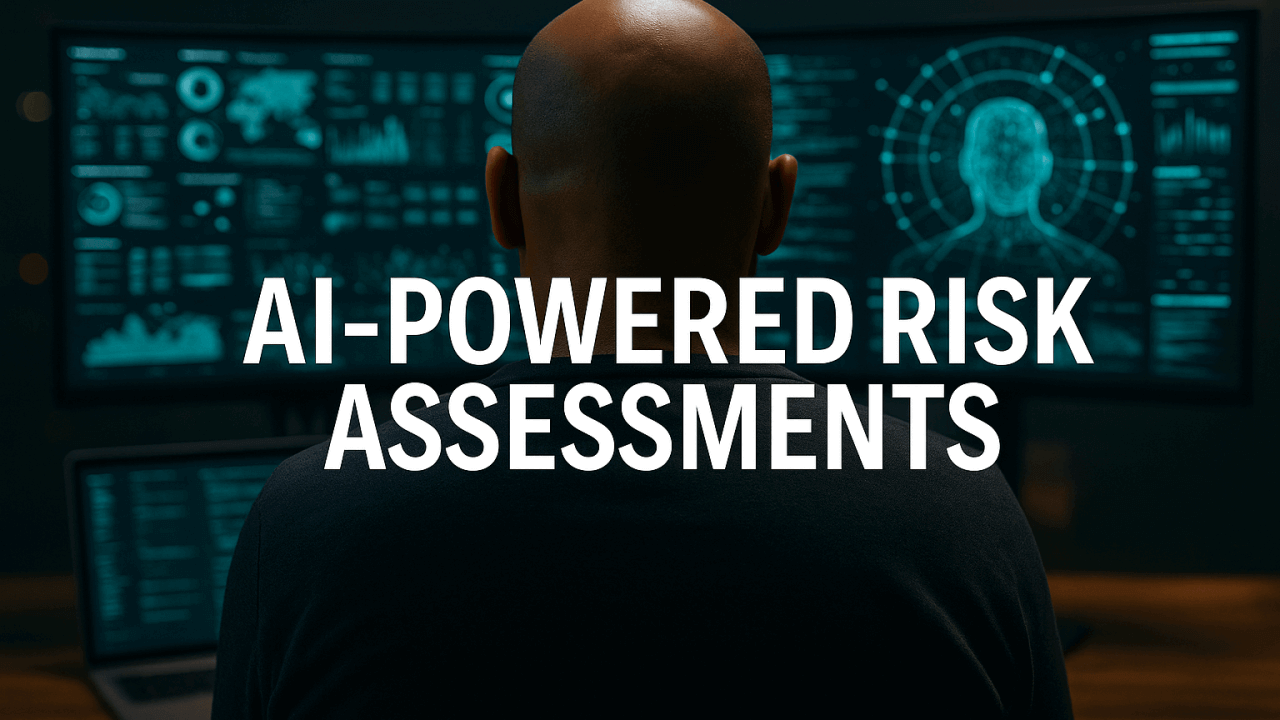In today’s fast-paced business world, managing risk has become increasingly complex. Industries across the board are turning towards innovative solutions to navigate this complexity effectively. Artificial intelligence (AI) emerges as a pivotal force for change, enabling a revolution in how companies identify, assess, and mitigate potential threats. With the power of AI, the future of risk assessment is being reshaped, offering new levels of efficiency and foresight.
The Evolution of Risk Assessment in the Age of Artificial Intelligence

Traditionally, risk assessment has been a largely manual process, heavily reliant on the judgment of experts and historical data. However, this conventional approach often struggles to keep pace with the volume and velocity of data in the modern era. AI introduces a transformative approach by automating data analysis, enabling the processing of vast datasets far beyond human capability.
Integrating AI into risk assessment also broadens the scope of detectable risks. AI algorithms can identify subtle patterns and indicators of risk that might elude human analysts. This expanded horizon of risk detection translates to a more comprehensive defense against potential threats to an organization’s stability.
Companies like TrustLayer, AI powered risk management, are leading the charge in leveraging AI to deliver sophisticated risk management solutions. Their advanced AI systems set a precedent for how technology can underpin the critical function of risk assessment in various industries, offering a glimpse into a data-driven future.
AI-Powered Predictive Analytics for Proactive Risk Management

AI-powered predictive analytics stand at the forefront of proactive risk management. By utilizing statistical algorithms and machine learning techniques, AI can predict future events based on historical and current data. This predictive capability enables businesses to anticipate potential risks and formulate contingency plans effectively.
One of the primary benefits of predictive analytics in risk management is its ability to identify trends and correlations in data that are not immediately apparent. Companies are now equipped with early warning systems that scan the market and operational environments, indicating the likelihood of future risk events.
From credit risk modeling to supply chain disruptions, predictive analytics is reshaping how businesses address potential challenges. By bridging the gap between data and decision-making, AI accelerates the response times and increases the resilience of organizations in the face of uncertainty.
Enhancing Decision-Making Accuracy With Machine Learning Algorithms

Machine learning, a subset of AI, is particularly well-suited for complex decision-making scenarios within risk management. These algorithms can process and learn from data patterns to make increasingly accurate predictions over time. This capability significantly enhances decision-making effectiveness by providing data-driven insights.
Machine learning also plays a critical role in cybersecurity risk management. By detecting anomalies in network behavior, these algorithms can flag potential security breaches before they cause harm. This proactive stance on cybersecurity demonstrates how AI-driven methods are indispensable assets to risk management protocols.
Furthermore, AI’s capacity to incorporate a wide range of variables into decision-making processes reduces the probability of human error. By offloading complex calculations and pattern detections to AI systems, key stakeholders can focus on strategic aspects of risk management, bolstered by the accuracy and thoroughness that machine learning delivers.
Future Trends in AI and Their Impact on Global Risk Management Practices

As AI continues to evolve, its implications for global risk management practices are vast. One of the most significant trends is the proliferation of AI beyond finance into sectors such as healthcare, where it can predict patient risks, and manufacturing, where it can foresee mechanical failures. This cross-industry adoption signifies a universal shift towards AI-enabled risk foresight.
Global regulations around data privacy and AI ethics will also play a pivotal role in shaping the future risk management landscape. Businesses will need to adapt to new standards, ensuring that their use of AI aligns with regulatory and ethical requirements, which will, in turn, influence how AI risk assessment tools develop.
The integration of AI into risk management is also opening new career paths and skill demands within the workforce. Professionals are increasingly required to possess a blend of industry knowledge and technological proficiency to navigate AI-driven risk landscapes effectively. Embracing continuous learning will be key for risk management experts to stay ahead of the curve in this AI-powered era.
The integration of AI into risk assessment and management is transforming the traditional paradigms, leading to more robust and efficient processes. As we look forward to a future where AI plays an integral role in every aspect of risk management, organizations that adopt and leverage these advanced technologies will likely find themselves at a competitive advantage, well-prepared to navigate the uncertainties of the business landscape.



